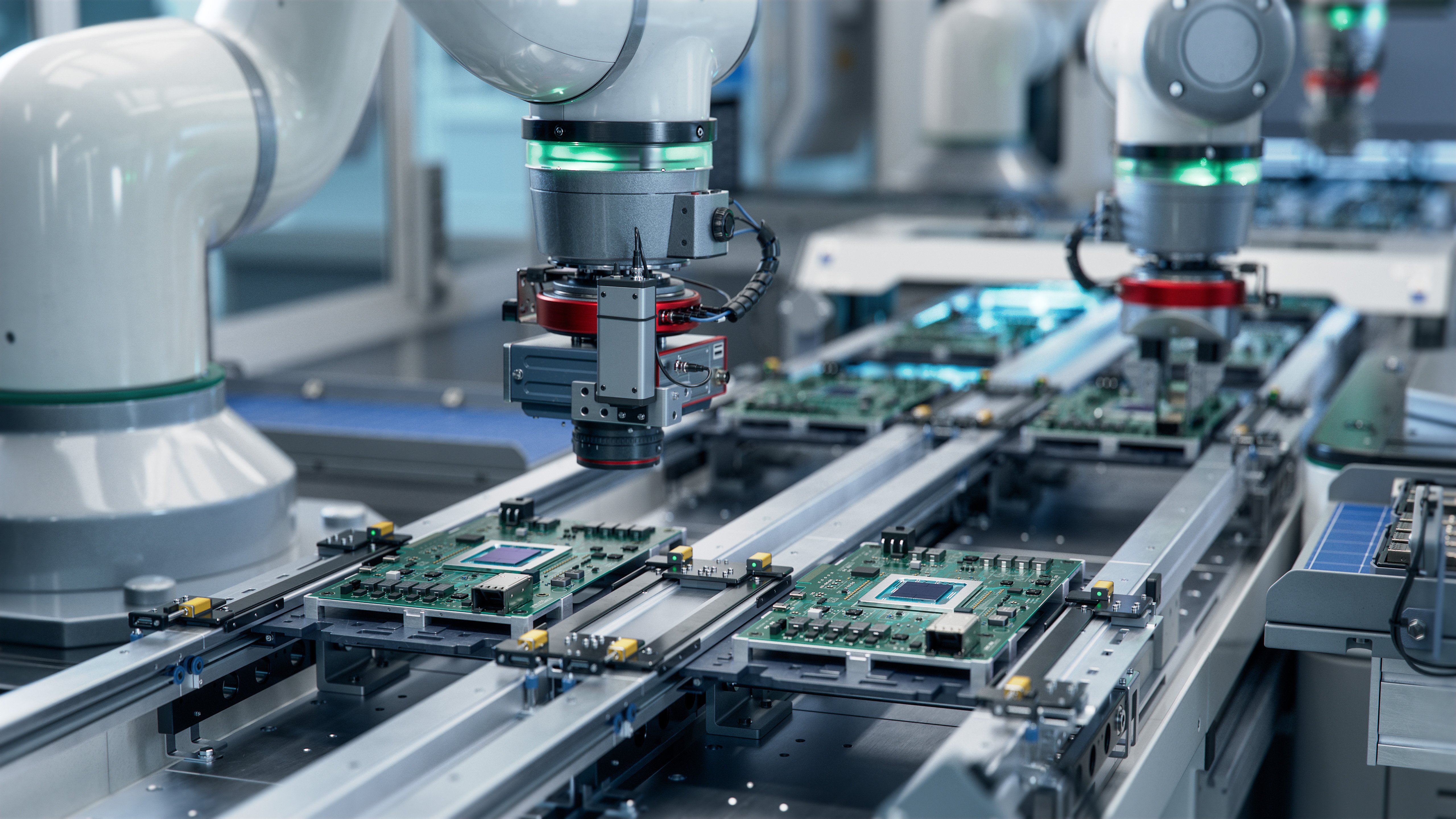Under OpenAI’s multiyear, multi-generation agreement with AMD up to six gigawatts of AMD Instinct GPUs will be deployed for its next-gen AI infrastructure.
The first gigawatt will come online in the second half of 2026 using AMD’s upcoming MI450 series. As part of the deal, AMD also granted OpenAI a warrant to purchase up to 160 million AMD shares at $0.01 each, which would potentially grant OpenAI a near 10 percent ownership in the company. In response to the news, AMD shares jumped over 20 percent on Monday morning.
Demand for supplier diversification on the rise
The agreement reflects an industry-wide approach to diversify beyond Nvidia, which retains around an 80 percent market share in AI chips. Earlier in 2025, AMD also signed a multi-billion dollar deal with Oracle to build a zettascale AI cluster powered by AMD’s MI355X GPUs. While OpenAI is expected to keep procuring Nvidia capacity, the deal clearly reflects a growing preference across the industry for multi-vendor approaches.
Even while Nvidia often leads in terms of raw performance and software maturity, big buyers are now choosing AMD in addition to Nvidia to overcome the continuing supply gap. The demand for AI is huge and constantly growing, and GPUs remain the scarcest input for AI. Having a second source not only gives buyers leverage in negotiations with any single vendor; it also reduces backlog risk, especially when it comes to frontier model training.
Overcoming GPU scarcity for next-gen AI projects
AI projects often stall because GPUs are hard to get, especially at the scale needed for frontier model training. However, a major buyer like OpenAI committing to AMD means more non-Nvidia capacity entering the market and extra supply reducing wait times and price pressure across the board. Also, when companies as valuable and influential as OpenAI or Oracle take a multi-vendor approach, more tools and frameworks tend to prioritize both chip manufacturers equally, making it easier to move AI workloads or choose the cheapest or most available GPUs without having to redesign everything.
While Nvidia will likely continue to dominate the AI chip market for the foreseeable future, the recent deal between OpenAI and AMD suggests a healthier competitive environment and better tooling. This will likely encourage open source projects like PyTorch, vLLM, and Kubernetes to further improve their support for AMD, which means better documentation, drivers, containers, and SDKs—and fewer hurdles when running the same workloads on either AMD or Nvidia.
.png?width=1816&height=566&name=brandmark-design%20(83).png)



